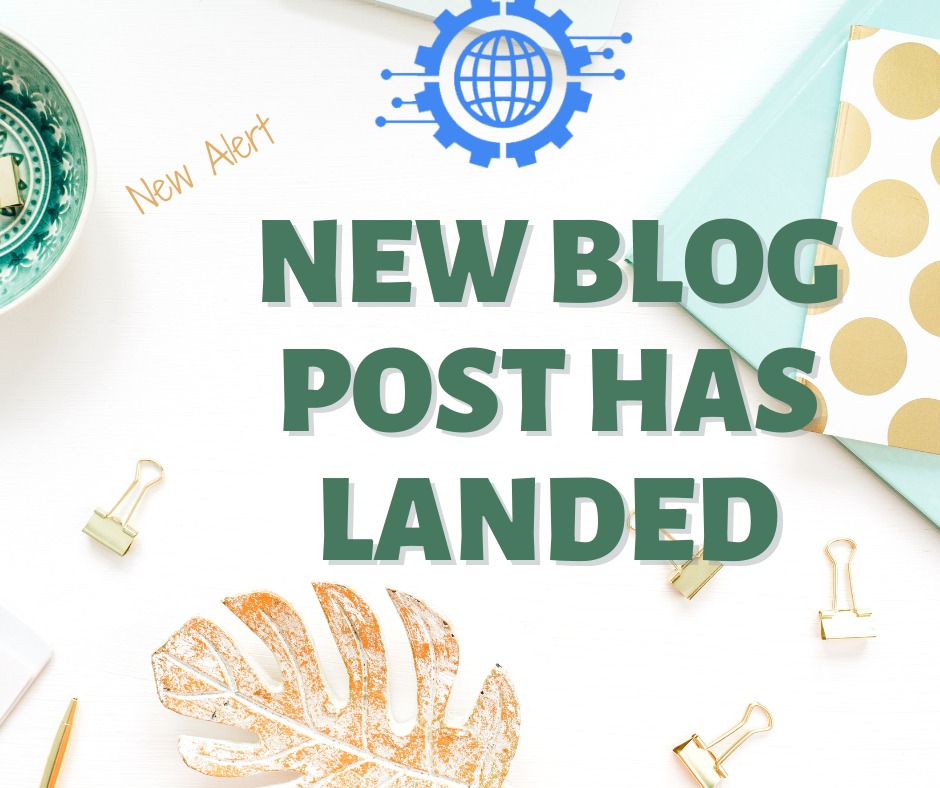Introduction:
Elementor, the popular WordPress page builder, offers dynamic content capabilities that allow you to display and style dynamic posts on your website. With dynamic posts, you can create engaging layouts that automatically fetch and showcase your latest blog posts, news articles, portfolio items, or any other post type. In this step-by-step guide, we will walk you through the process of adding dynamic posts in Elementor WordPress. Let’s get started and make your website more dynamic!
Step 1: Install and Activate the Elementor Pro Plugin:
Dynamic post functionality is available in Elementor Pro. If you haven’t already, go to your WordPress dashboard, navigate to “Plugins,” click on “Add New,” search for “Elementor Pro,” and follow the prompts to install and activate the plugin.
Step 2: Create a New Page or Edit an Existing Page with Elementor:
Once Elementor Pro is activated, go to your WordPress dashboard and navigate to “Pages.” Choose an existing page or create a new one where you want to add dynamic posts. Click on the “Edit with Elementor” button to launch the Elementor editor.
Step 3: Drag and Drop the Posts Widget:
In the Elementor editor, search for the “Posts” widget in the left panel. Drag and drop the widget onto your page canvas.
Step 4: Configure the Posts Widget:
With the Posts widget selected, you can configure its settings to display the desired dynamic posts. In the widget settings panel, you can choose the post type (e.g., posts, pages, custom post types), the number of posts to display, sorting options, and more. Customize the settings according to your specific requirements.
Step 5: Design the Posts Layout:
Once you’ve configured the basic settings, you can design the layout for your dynamic posts. Elementor offers a range of styling options to customize the appearance of your posts. You can choose the post elements to display, such as featured image, title, content, author, date, etc. Adjust fonts, colors, spacing, and other design settings to match your website’s aesthetics.
Step 6: Customize the Read More Button:
If you want to include a “Read More” button for each post, the Posts widget provides options to customize its text, style, and behavior. You can define the button’s label, color, size, and add animations or hover effects to make it visually appealing.
Step 7: Preview and Publish the Dynamic Posts:
After customizing the posts widget and designing the layout, click on the “Preview” button to see how the dynamic posts will appear on your website. If you’re satisfied with the design, click “Publish” to make the changes live on your page.
Step 8: Test and Update Dynamic Posts:
As you add new posts to your website, the dynamic posts widget will automatically fetch and display the latest content. To test the functionality, create a new post and check if it appears in the dynamic posts section. If not, ensure that the widget settings are correctly configured to display the desired post type and sorting order.
Step 9: Explore Advanced Options (Optional):
Elementor Pro offers additional advanced options to further enhance your dynamic posts. You can enable pagination to split posts into multiple pages, set up custom query filters to display specific posts, or even create custom templates for individual posts.
Conclusion:
By following these step-by-step instructions, you can easily add dynamic posts to your Elementor-powered website. The Posts widget in Elementor Pro provides a powerful and flexible way to showcase your latest content dynamically. Experiment with different layouts, styles, and options to create visually appealing and engaging post sections. Keep your website fresh and up to date by utilizing Elementor’s

